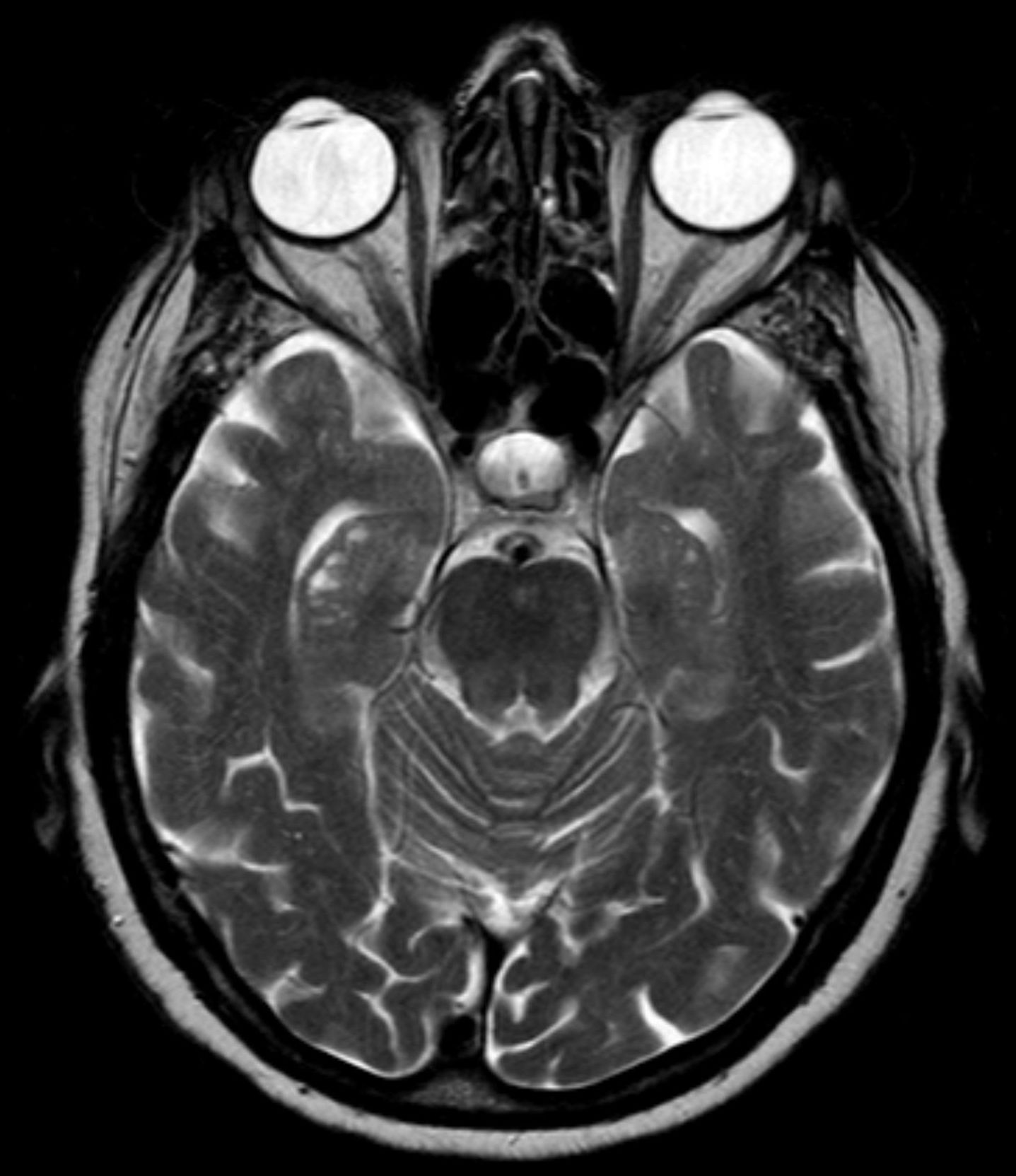Hippocampal sulcus on:
[Wikipedia]
[Google]
[Amazon]
The hippocampal sulcus, also known as the hippocampal fissure, is a sulcus that separates the
 During human
During human
NIF Search - Hippocampal sulcus
via the
dentate gyrus
The dentate gyrus (DG) is part of the hippocampal formation in the temporal lobe of the brain, which also includes the hippocampus and the subiculum. The dentate gyrus is part of the hippocampal trisynaptic circuit and is thought to contribute t ...
from the subiculum
The subiculum (Latin for "support") is the most inferior component of the hippocampal formation. It lies between the entorhinal cortex and the CA1 subfield of the hippocampus proper.
The subicular complex comprises a set of related structures ...
and the CA1 field in the hippocampus
The hippocampus (via Latin from Greek , 'seahorse') is a major component of the brain of humans and other vertebrates. Humans and other mammals have two hippocampi, one in each side of the brain. The hippocampus is part of the limbic syste ...
.
Structure
Development
 During human
During human fetal development
Prenatal development () includes the development of the embryo and of the fetus during a viviparous animal's gestation. Prenatal development starts with fertilization, in the germinal stage of embryonic development, and continues in fetal devel ...
, the hippocampal sulcus first appears at approximately 10 weeks of gestational age. At this stage it exists as a broad shallow fissure along the surface of the dentate gyrus. Gradually, the fissure deepens and shifts toward the cornu ammonis
The hippocampus proper refers to the actual structure of the hippocampus which is made up of three regions or subfields. The subfields CA1, CA2, and CA3 use the initials of Hippocampus#Name, cornu Ammonis, an earlier name of the hippocampus.
St ...
. After about 18 weeks, the walls of the fissure fold into each other and begin to fuse. By 30 weeks, the hippocampal sulcus is normally obliterated except for its most medial part, leaving a shallow surface indentation.Humphrey, Tryphena. "The development of the human hippocampal fissure". ''Journal of anatomy''. 1967 September; 101(Pt 4): 655–676.
Clinical significance
Enlargement of the hippocampal sulcus has been associated with medialtemporal lobe
The temporal lobe is one of the four major lobes of the cerebral cortex in the brain of mammals. The temporal lobe is located beneath the lateral fissure on both cerebral hemispheres of the mammalian brain.
The temporal lobe is involved i ...
atrophy
Atrophy is the partial or complete wasting away of a part of the body. Causes of atrophy include mutations (which can destroy the gene to build up the organ), poor nourishment, poor circulation, loss of hormonal support, loss of nerve supply ...
occurring in Alzheimer's disease
Alzheimer's disease (AD) is a neurodegenerative disease that usually starts slowly and progressively worsens. It is the cause of 60–70% of cases of dementia. The most common early symptom is difficulty in remembering recent events. As ...
.
See also
* Hippocampus anatomyReferences
External links
NIF Search - Hippocampal sulcus
via the
Neuroscience Information Framework
The Neuroscience Information Framework is a repository of global neuroscience web resources, including experimental, clinical, and translational neuroscience databases, knowledge bases, atlases, and genetic/genomic resources and provides many auth ...
{{Authority control
Hippocampus (brain)
Sulci (neuroanatomy)